Itty-bitty seeds are nutritive giants—remarkably dense in both macro- and micro-nutrients in proportion to their size.
Chia
Native to Central America, these tiny seeds provide ample levels of calcium, phosphorus and manganese and lots of antioxidants. In 1 ounce (about 2 tablespoons), you get nearly 5 grams of omega-3 fatty acids and 42 percent of your daily fiber needs. Eat chia whole or ground.
Try: Top salads and cereals with toasted chia for an added crunch. Soak seeds for a couple of hours (⅓ cup chia to 2 cups water) to form a gel; mix into smoothies or protein shakes.
Black or white? White and black chia seeds contain about the same nutrients; same goes for brown and golden flaxseeds.
Flax
Flaxseeds deliver an impressive 6 grams of omega-3 fatty acids per ounce, plus roughly a third of your daily fiber, manganese, magnesium and thiamin requirements, and plentiful antioxidants. But to absorb these nutrients, you’ll need to grind the seeds before you eat them; whole seeds pass right through.
Try: Mix ground flaxseed into hot cereal, smoothies, chili, yogurt or condiments. But use just a little—too much will result in a gelatinous texture.
Pumpkin
These seeds can be eaten with or without the shell, but we vote for the latter (a.k.a. pepitas); the flavor and texture is better, and the nutritional difference is small. One ounce provides 14 percent of your daily suggested protein, and generous levels of manganese, magnesium, phosphorus, iron, zinc and vitamin K.
Try: Use atop salads, cereals or granolas, and chicken or rice dishes. Blend in a food processer to make pumpkin-seed butter.
Sesame
One ounce of sesame seeds serves up 57 percent of your RDA of copper, a mineral that strengthens bones and blood vessels and reduces the inflammatory effects of arthritis. Sesame is also high in protein, fiber, calcium and iron.
Try: Garnish salads, vegetables, cereals and baked goods with toasted seeds. Use in food processer to make tahini.
Sunflower
Sunflower seeds contain 37 percent of your daily vitamin E, an important antioxidant that is difficult to get in your diet. They’re also plentiful in fiber, selenium, iron, phosphorus and several B vitamins. Raw seeds retain slightly more nutrients than roasted ones.
Try: Sprinkle on salads or cereals. Grind whole seeds into seed butter. Experiment by pairing with foods such as scrambled eggs or dark chocolate.
Tip
For the best prices, buy seeds in bulk or large packages. But be aware that seeds and nuts can get rancid and lose nutrients if left at room temperature—freeze whatever you won’t eat within a few weeks to preserve both flavor and nutritional value.

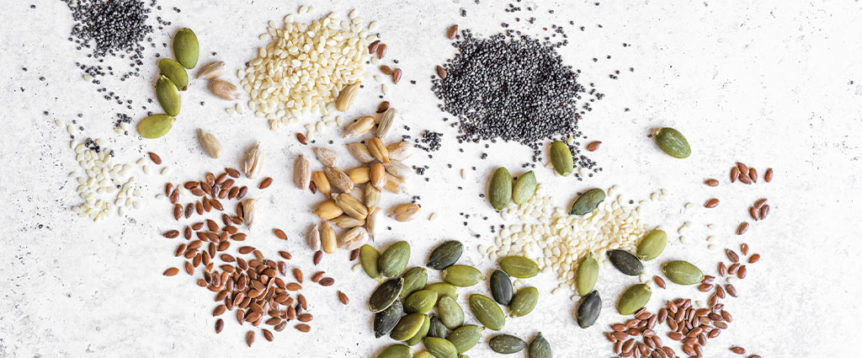
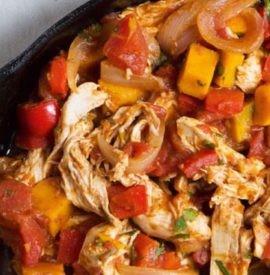

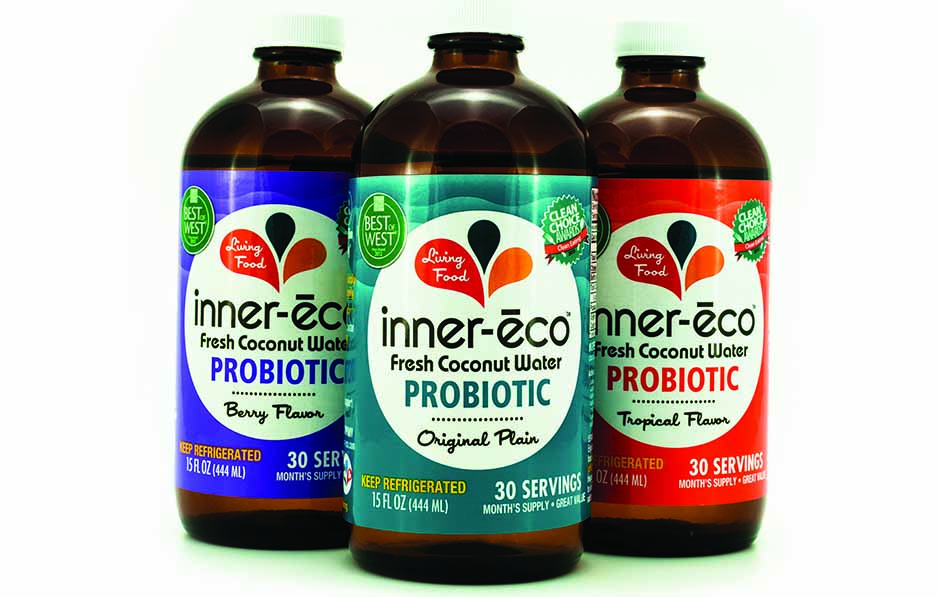
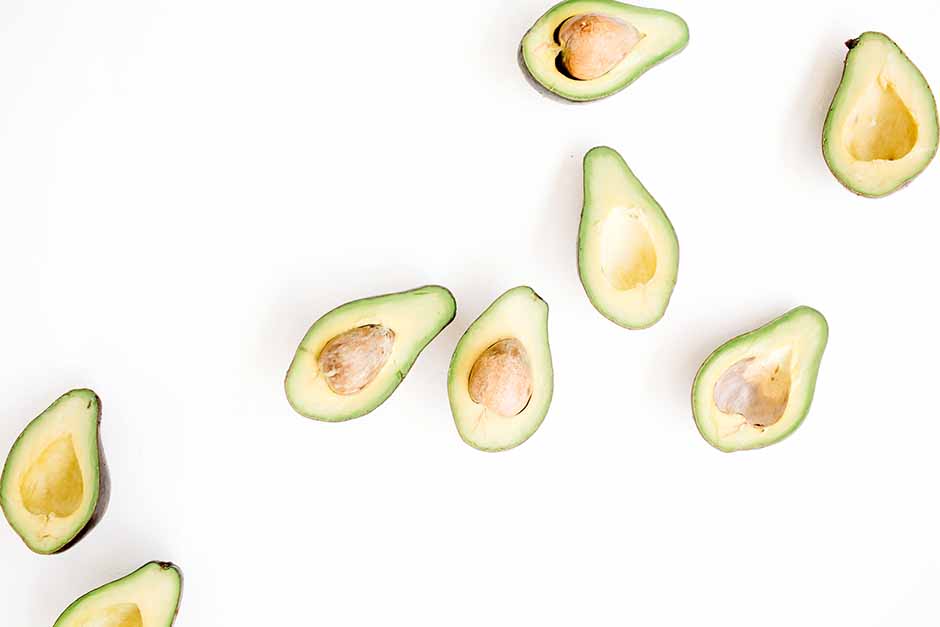
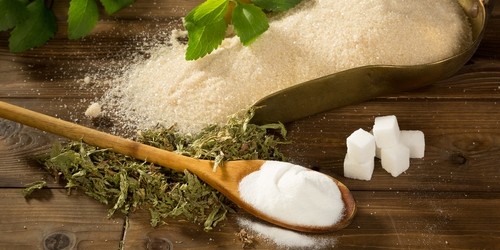

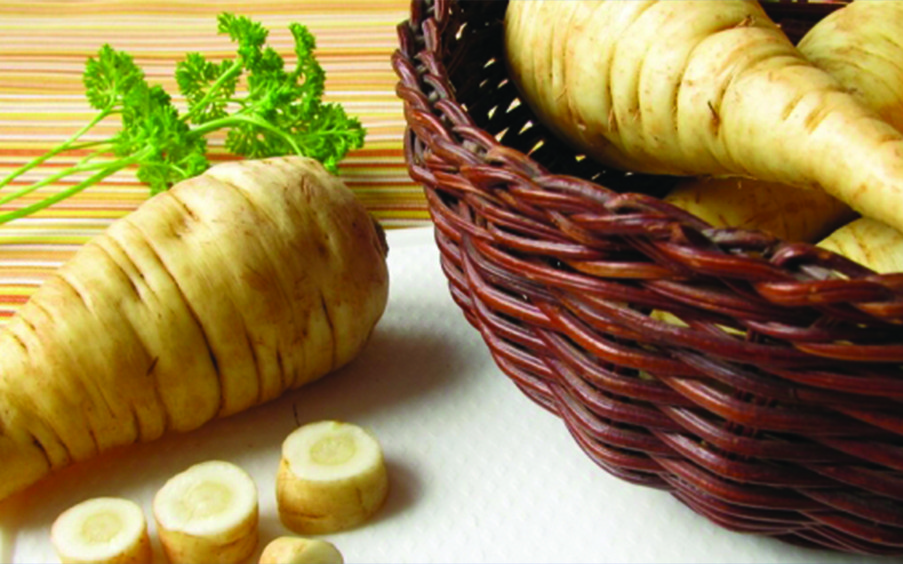

Comments
I thought that you didn’t get anything from flax seed unless it was ground.
Author
Hi James,
That is correct. We did note that in the story.
Flaxseeds deliver an impressive 6 grams of omega-3 fatty acids per ounce, plus roughly a third of your daily fiber, manganese, magnesium and thiamin requirements, and plentiful antioxidants. But to absorb these nutrients, you’ll need to grind the seeds before you eat them; whole seeds pass right through.
Thanks for reading!
Live Naturally Staff